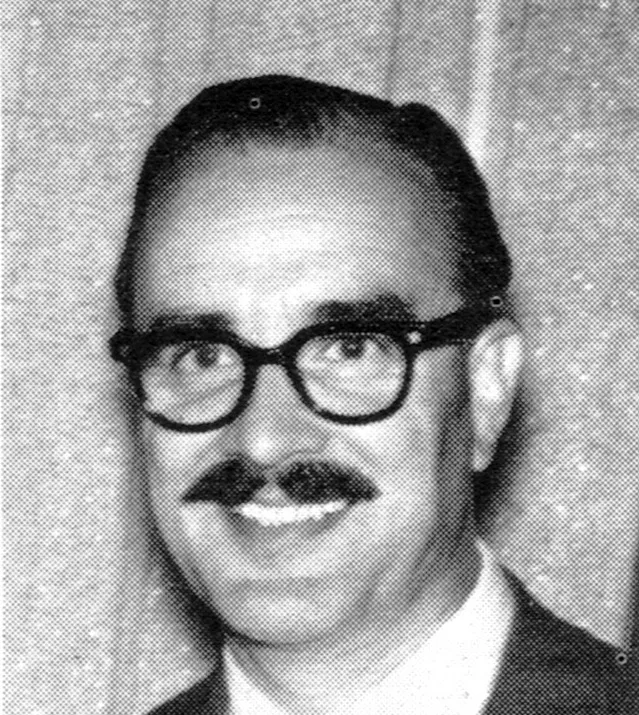
Information
Cover design for an early issue of Idea magazine by George Giusti. The illustration of a mechanical process is made playful by Giustis individual style and choice of colour.
Content includes:
Graphic Arts: George Giusti
1956 Japan Advertising Artists Club Exhibition Sikker Hansen Otto Nielsen by Erik Stockmar
Trade Marks of the World by Y. Kamekura
Colour Pages: George Giusti
Outdoor Advertising of the World T. Kobayashi
Editorials:
Bried History of Fine Arts in Japan by A. Yamana
Splintery Form by S. Imatake
What Do Your Ads Mean to Consumers? Howard by A. Stone
How to Make Your Package Easy to Use by Printer’s Ink
Creativity in Advertising by Printer’s Ink
Details
Linked Information
